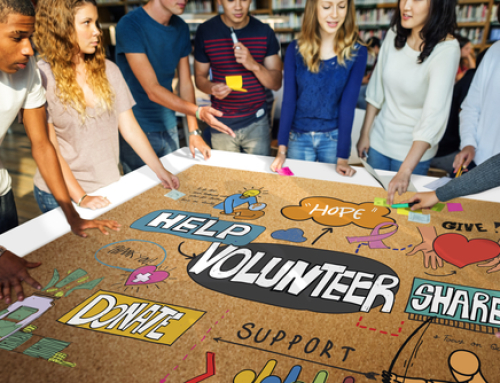1) The problem: We don’t drink water like it’s water. It’s critical our kids stay hydrated, particularly if you’re the type of parent who can in a split-second rattle off several reasons a child might be hospitalized from simply playing outdoors — heat stroke, UTIs, dizziness, fainting (there, count me in.) But bottled water isn’t always necessary, in fact it’s frequently just tap water poured into bottles. By some estimates, more than 40 percent of all bottled water comes from the public water supply, according to a report from the Natural Resources Defense Council. For the privilege of enjoying tap water served to us in environmentally impairing bottles, we are willing to pay a premium of between 240 percent and 10,000 percent per gallon.
Remember: Most tap water is perfectly safe. Public municipal water supplies are heavily regulated and required to perform periodic testing. They’re even required to publish reports. For convenience, pour it into reusable bottles you keep in your fridge.
2) The problem: Assuming prices for light, summer fare are reasonable. Why would anyone do such a thing? Say hypothetically (okay fine, this totally happened to me last week) you’re at the supermarket just after it opens. So, like, you’re already feeling like a boss for getting a head start on the day and picking up fresh fish for dinner. But while neither the fish nor its prices are displayed, the person behind the counter is happy to retrieve two pounds of King Salmon from the back. Upon accepting the weighty package, you noticed it’s innocently stamped with a $44 price tag. Um, $22 a pound? This, you decide, is something that should be communicated to shoppers as are the warnings about death on cigarette boxes or about viewer discretion on videos

Local fish is fresh and cheap.
with violent or pornographic content. Like, in big, bold letters that scream: DANGER. FOR THIS MONEY YOU COULD TAKE YOUR KIDS TO A RESTAURANT AND AVOID AND ENTIRE CLEAN UP.
Remember: Fish may not seem to be a great sale item. But actually locally caught varieties are more plentiful; and therefore cheaper and fresher. As for sustainable varieties? Whatevs. There’s no such thing – no guidelines, no rules, no regulations for being sustainable.
3) The problem: Lack of meal planning will cost (seemingly) millions. Yeah, yeah, we know: you’ve paid for summer camps and vacations. Still, there will be long summer days on which our kids are home for three meals. Hear that, people? Three. Whole. Meals. Winging it in this department literally means winging it and burgering it and you might as well throw some sushi and pizza on top of that. Paying for take-out may seem at the moment more virtuous than starving your kids, but it’s not. (They never actually starve, anyway.)
Remember: The best option is to plan each week and buy at the supermarket— or warehouse — accordingly. Eggs, cereal and while you’re at it, prepare some crock pot taco meat they can heat up quickly. You get the idea. But even feeding their friends will be cheaper and healthier than the fast-food alternative.
4) The problem: You can go broke shopping discount. It’s not the store’s fault that it’s brightly-colored tees and swim tops are under $12 —leading us to believe that tossing a few in the cart won’t exactly thwart anyone’s retirement plans. But after strolling a few aisles and arriving at the cashier, you’re faced with a total that looks more like a mortgage payment on a Florida condo. Is it worth sacrificing old age for adorable beach wear? Maybe. But you won’t have to if you limit yourself to one or two.
Remember: All retail goods get boring in a short amount of time because the human mind is built to adapt to its surroundings – that’s why when you live near a railroad track, you soon don’t hear the roar of the trains. Experiences, like an awesome retirement or sending kids to college, make us happier than retail goods. So invest in the Florida condo.












Leave A Comment